The origin story of the quintessential “Slav” outfit…
A True Story Goes to Hollywood
Here is another fine article via friends at kommandostore.com- you can find your size and place your order here. In 1995, pilot Scott O’Grady was flying his F-16 on a mission during the Bosnian war, when his aircraft was destroyed by an SA-6 Missile.
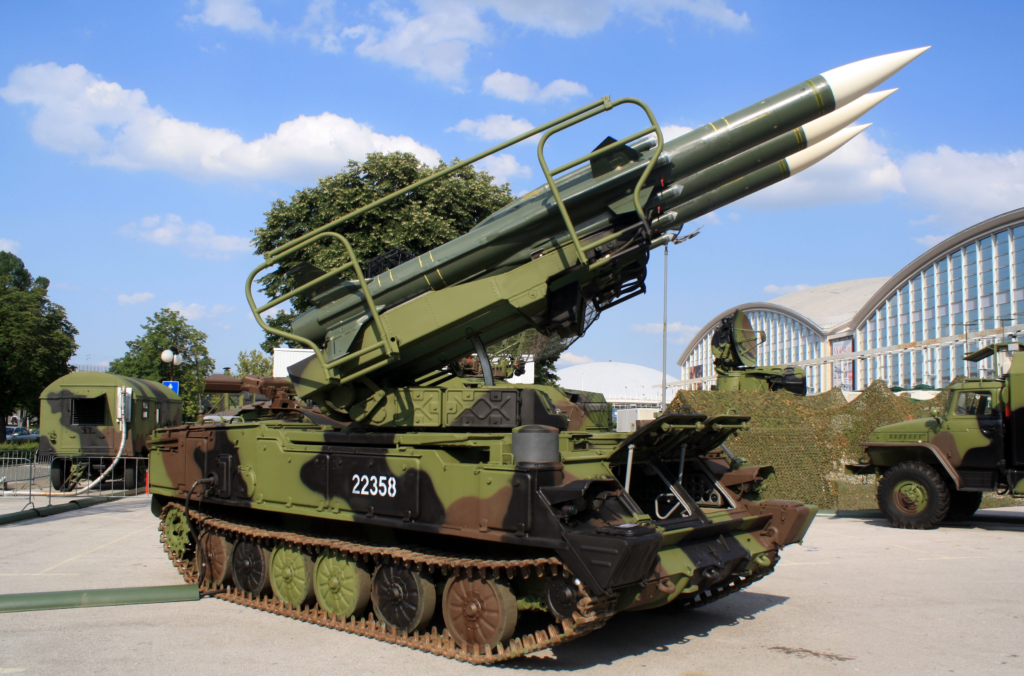
SA-6/ 2K12 SAM surface to air missile launcher.
He survived by successfully ejecting from the aircraft, but was forced to spend nearly a week evading local military forces before he could be rescued by US Marines.
He wasn’t approached to consult on the making of Behind Enemy Lines, nor was he paid for the rights to his story. As one could imagine, lawsuits ensued and “Behind Enemy Lines” would later be presented as the story of a different person in a very similar set of circumstances…


Behind Enemy Lines, 2001
This action flick featured Owen Wilson playing Chris Burnett, a pilot who gets shot down over Bosnia on a reconnaissance mission. He ejects, but that’s only where his problems begin.
The lieutenant spends the rest of the film evading an extremely dangerous lone-wolf sharpshooter and the rest of the Bosnian-Serb military.
Almost immediately upon release, the movie was a cult-hit among firearms & military enthusiasts in the US. The main antagonist, Sasha Ivanic was in many ways the focal point of this obsession.
Sasha’s iconic track jacket became an “it item” among collectors, but it was nowhere to be found…
Stealing The Show
Ultimately the film’s legacy hasn’t been kind to its hero. Sasha Ivanic is such cool villain that despite having almost no lines, he completely steals the show.
Vladmir Mashkov, the actor playing Sasha, left such a lasting impression on audiences that he shaped Eastern European villains and anti-heros for years to come.
The protagonist of Grand Theft Auto IV, Niko Bellic, was based almost entirely on Sasha — Rockstar Games even intended to cast him for the role. GTA IV would go on to be one of the most celebrated video games in history, firmly cementing post-USSR “Slav” culture in the minds of millions.


Finding The Fit
Like many white whales we’ve chased, it all started with blurry photos circulating on obscure forums and social media pages. But try as we might, the search for the Sasha jacket always came up dry.
So, we rolled up our sleeves and got to work. We went frame by frame through the original movie, painstakingly made our own artwork and mockups, and designed our track jacket from the ground up.
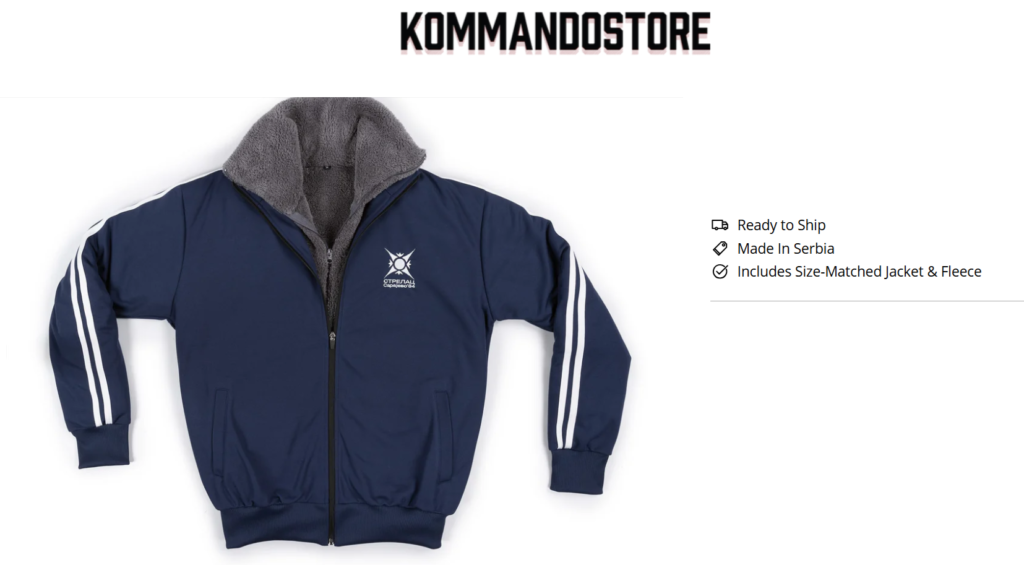

Why Sarajevo?
The 1984 Olympics in context
The Boycott Games
The Olympic games during the Cold War were notorious for boycotts organized by dozens of countries up through the 1980s.
Melbourne ’56, Tokyo ’64, Canada ’76, and particularly the Moscow Olympics in 1980 were all mired in international politics.
But in 1984, for the winter Olympics in Yugoslavia, there was a distinct (and welcome) lack of boycotts.
As a result the Sarajevo games had highest rate of participation of any Olympics during the Cold War. Unfortunately this moment of hope and unity was short-lived.
Civil war would divide Yugoslavia less than a decade later.


The Siege of Sarajevo
The siege of Sarajevo featured prominently in the opening chapters of the Bosnian war, and the brand-new Olympic facilities were caught in the crossfire.
As the battle intensified, Bosnian-Serbs famously dug in on the Bobsled/Luge track and used it as an artillery stronghold. To this day, you can still see firing ports drilled into the concrete.
The former olympic village was never redeveloped, and remains in ruins to this day…
…Just A Theory?
By late 2001, the Former-Soviet-Bloc countries were still in disarray, and ‘War On Terror’ was in full-swing.
In this post 9/11 world, films about the horrors of the Vietnam war, or the spy games of the Cold War just didn’t resonate. So, the way action movie antagonists were written had to evolve…
Real-world unknowns and fears drive how we write stories; whether it’s a humanitarian crisis inspiring movies about invading aliens from outer space, or zombies representing our fears around epidemics & disease.
Villains like Sasha Ivanic embodied this new era of guerilla tactics and hazy or mysterious motivations. Much like the terrorist groups feared by the public, there was no telling what they’d do next, or why.
Sasha’s Jacket begged some unknowns: Could Sasha have been an Olympian at Sarajevo? What was he really fighting for, or for whom? We never found out, but it’s part of what makes him so frightening and believable.


Sasha’s Legacy
Going on to inspire Anti Heros like Nico Bellic in GTA would be one thing, but he was certainly part of a larger trend of iconic Eastern European villains.
The Ivan Dragos of cinema were slowly replaced with the Vladimir Makarovs of video games, and with the re-opening of closed wounds constantly in Eastern Europe, Sasha’s morally grey character archetype continues to have a lasting relevance.
Sure, the boys in the Adidas track jackets were always there, but it was Sasha who made it the standard issue uniform.
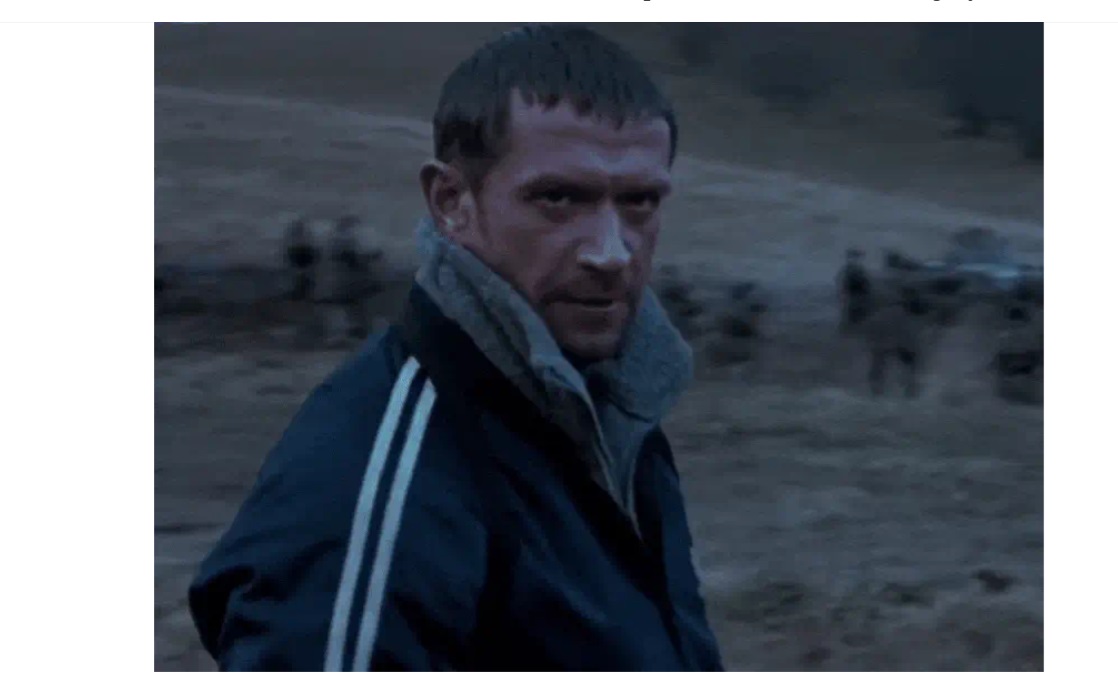
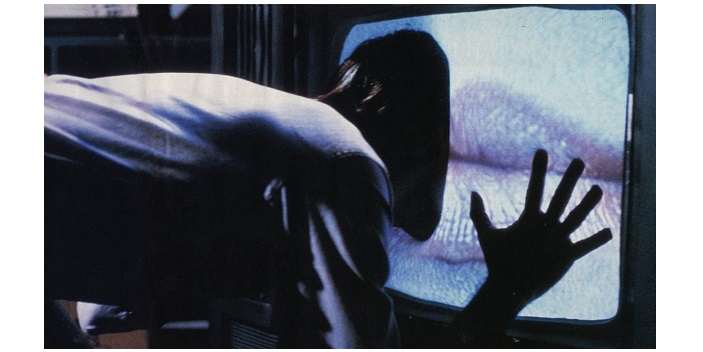
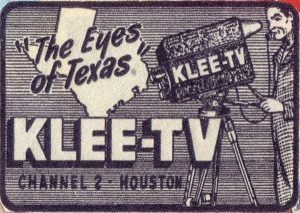 Though debunkers have stated that this story first appeared in Readers Digest, it actually was first reported in 1953 by TV Guide: a viewer based magazine that organized and listed television programming and reviewed highlighted television shows. Hugely successful and widely distributed- it seems counter-intuitive to consider how this might affect an already paranoid and anxious viewer body. After all, the Cold War and the Space Race were underway. Many Americans were building nuclear bomb shelters and keeping their eyes to the skies.
Though debunkers have stated that this story first appeared in Readers Digest, it actually was first reported in 1953 by TV Guide: a viewer based magazine that organized and listed television programming and reviewed highlighted television shows. Hugely successful and widely distributed- it seems counter-intuitive to consider how this might affect an already paranoid and anxious viewer body. After all, the Cold War and the Space Race were underway. Many Americans were building nuclear bomb shelters and keeping their eyes to the skies.

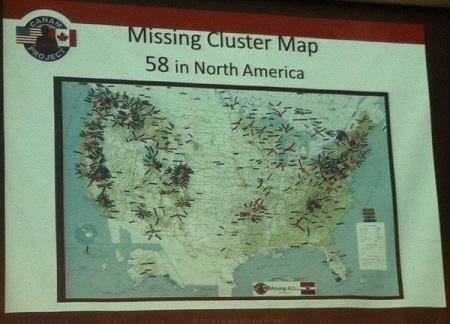 Historical records reveal that missing persons have occurred in North America for hundreds of years and what connects these cases is both frightening and confusing. David has discovered geographical connections that include- national park locations, urban locations near bodies of water, boulder fields, mountain elevations and other seemingly ‘safe’ locations.
Historical records reveal that missing persons have occurred in North America for hundreds of years and what connects these cases is both frightening and confusing. David has discovered geographical connections that include- national park locations, urban locations near bodies of water, boulder fields, mountain elevations and other seemingly ‘safe’ locations.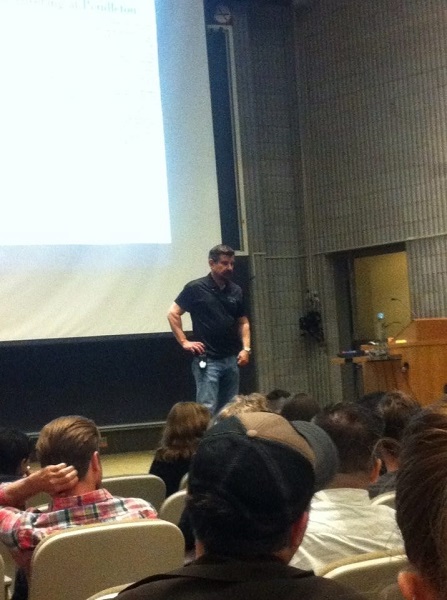 David’s research has shown that oddly, many missing persons in these cases are highly intelligent and healthy individuals that include doctors, scientists and marathon runners. In other cases the victims are hunters or seasoned hikers- people who would actually be most likely to prevent outdoor mishaps.
David’s research has shown that oddly, many missing persons in these cases are highly intelligent and healthy individuals that include doctors, scientists and marathon runners. In other cases the victims are hunters or seasoned hikers- people who would actually be most likely to prevent outdoor mishaps.